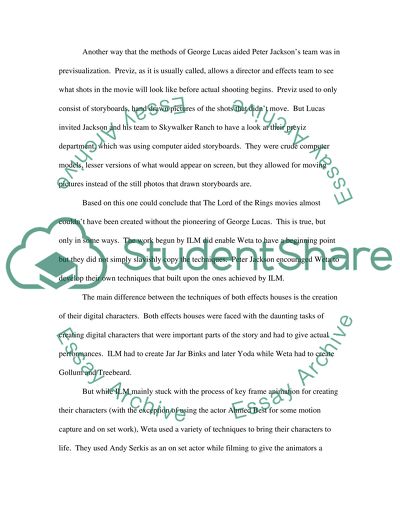Cite this document
(“Digital technology Essay Example | Topics and Well Written Essays - 2250 words”, n.d.)
Digital technology Essay Example | Topics and Well Written Essays - 2250 words. Retrieved from https://studentshare.org/performing-arts/1499741-digital-technology
Digital technology Essay Example | Topics and Well Written Essays - 2250 words. Retrieved from https://studentshare.org/performing-arts/1499741-digital-technology
(Digital Technology Essay Example | Topics and Well Written Essays - 2250 Words)
Digital Technology Essay Example | Topics and Well Written Essays - 2250 Words. https://studentshare.org/performing-arts/1499741-digital-technology.
Digital Technology Essay Example | Topics and Well Written Essays - 2250 Words. https://studentshare.org/performing-arts/1499741-digital-technology.
“Digital Technology Essay Example | Topics and Well Written Essays - 2250 Words”, n.d. https://studentshare.org/performing-arts/1499741-digital-technology.


